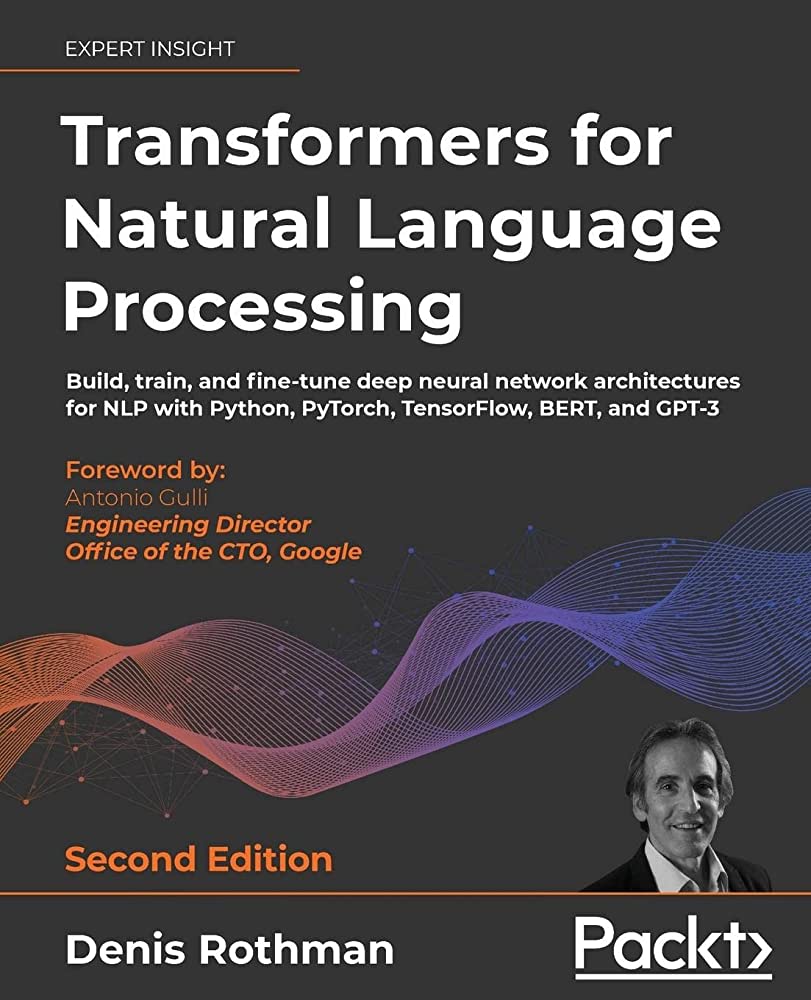Transformers in Natural Language Processing (NLP) are a type of neural network architecture that has revolutionized the field of machine learning. The term “transformer” was first used in language processing by Google researchers in 2017, and has since seen a surge of popularity and applications in natural language processing. Transformers are deep learning models based on a self-attention mechanism that allow computers to make sense of the structure of natural language.
In traditional language processing, the sequence of words is taken into consideration, but attention is not paid to the context of each word. With transformers, instead of looking for a fixed set of related words, the model can learn the relationships between words over a much broader context. By allowing the machine to process a much larger set of words in a sentence, the model can understand a much broader range of semantics within the text.
Transformer models have become popular because they require less data to achieve reasonable accuracy. In fact, the most advanced transformer models are capable of tackling much more complex tasks than traditional language processing models, such as text summarization and abstractive dialogue.
Transformer models have allowed for a more efficient and effective way of encoding and decoding natural language, leading to great advancements in the field of NLP. Such advancements can be seen in any number of applications, such as sentiment analysis, question-answering, machine translation, and speech recognition. The use of transformer models in NLP has been a great boon to the field, and its applications continue to expand.






